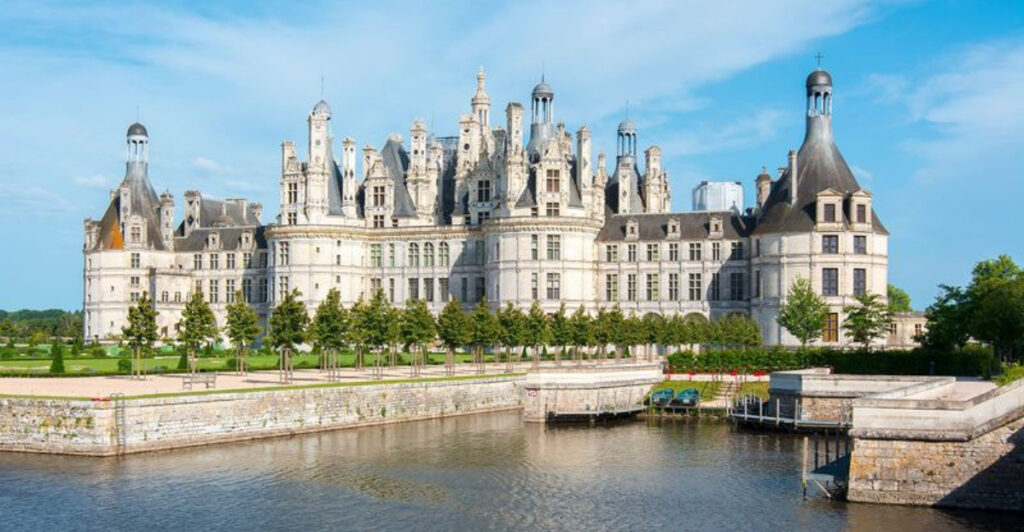Exploring the grandeur of the world’s largest castles offers a glimpse into history, architecture, and mystery. Each castle holds unique secrets and stories, waiting to be uncovered. Join me as we journey through these majestic fortresses and discover their enchanting allure.
Windsor Castle
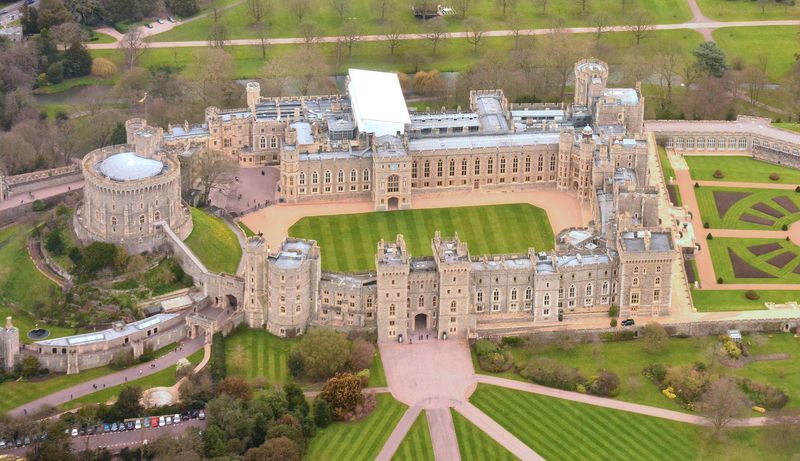
Windsor Castle, an emblem of British royalty, captivates with its sprawling gardens and majestic towers. As the residence of Queen Elizabeth II, it is steeped in history and grandeur. Imagine walking through the grand halls, where centuries of tradition echo in every corner. This castle, continuously inhabited for over 1,000 years, stands as a testament to royal resilience.
Did you know that Windsor Castle has survived its fair share of crises, including a devastating fire in 1992? Today, it’s a symbol of perseverance, blending modernity with timeless elegance.
Neuschwanstein Castle
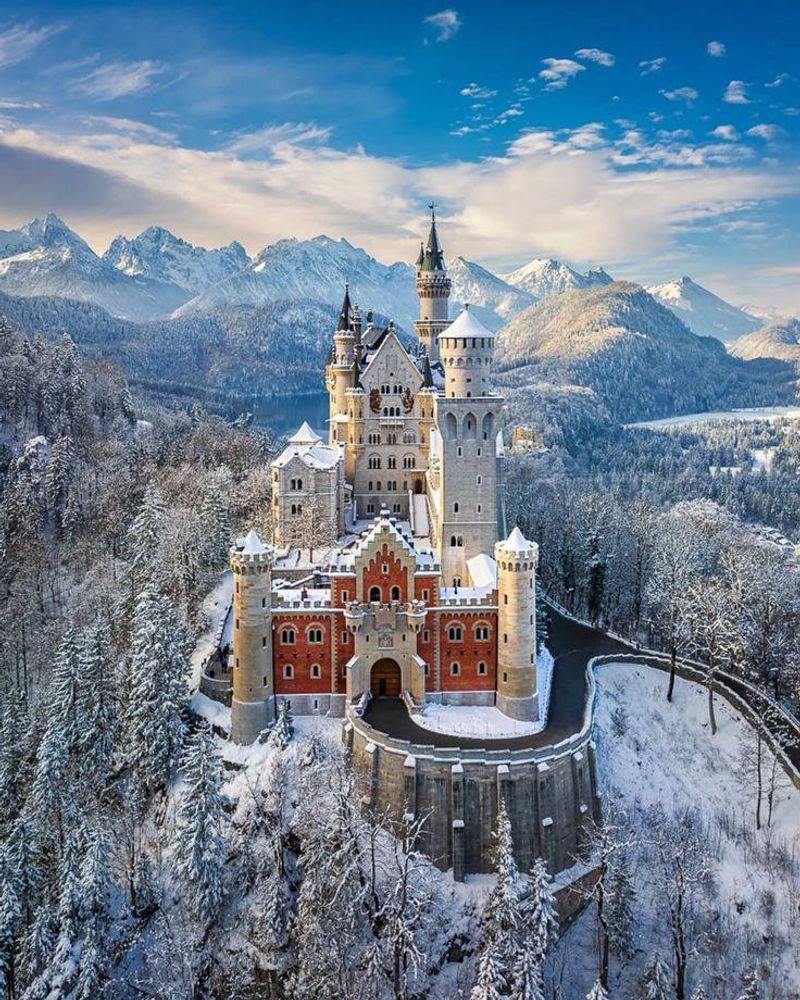
Perched atop the Bavarian Alps, Neuschwanstein Castle is the real-life inspiration for Disney’s Sleeping Beauty. Its turrets pierce the skyline, inviting visitors to dream of whimsical tales and romantic escapades.
Commissioned by King Ludwig II, this enchanting palace was intended as a retreat but opened to the public shortly after his mysterious death in 1886. Inside, the ornate interiors reflect Ludwig’s fascination with Wagnerian operas, making each visit a theatrical experience.
Fun fact: Despite being built in medieval style, Neuschwanstein was constructed using modern 19th-century technology.
Hohensalzburg Fortress
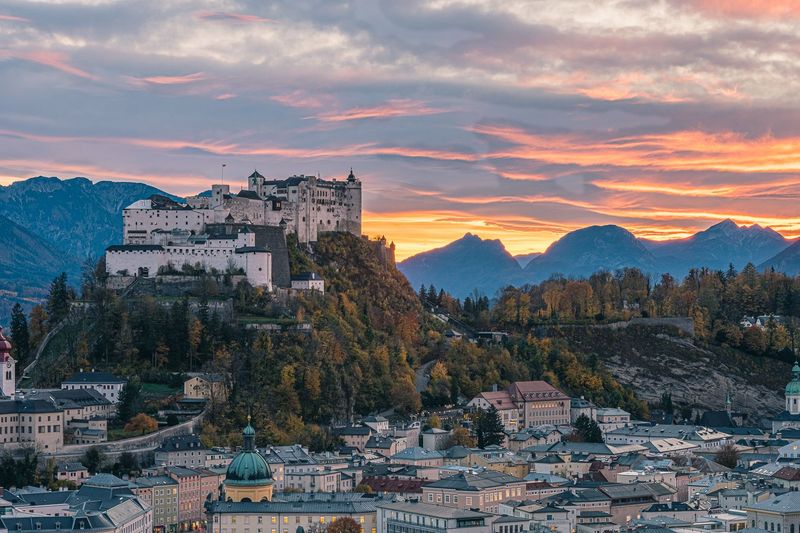
Towering over the city of Salzburg, Hohensalzburg Fortress is one of the largest medieval castles in Europe. Its sturdy walls and bastions watch over the city below, a silent guardian of Austrian history.
Originally built by Prince-Archbishops, it served both as a stronghold and a symbol of power. Today, visitors can explore its dungeons and chambers, feeling the weight of history in every stone.
Did you know? The fortress has never been captured by enemy forces, making it a formidable presence in the annals of military architecture.
Prague Castle
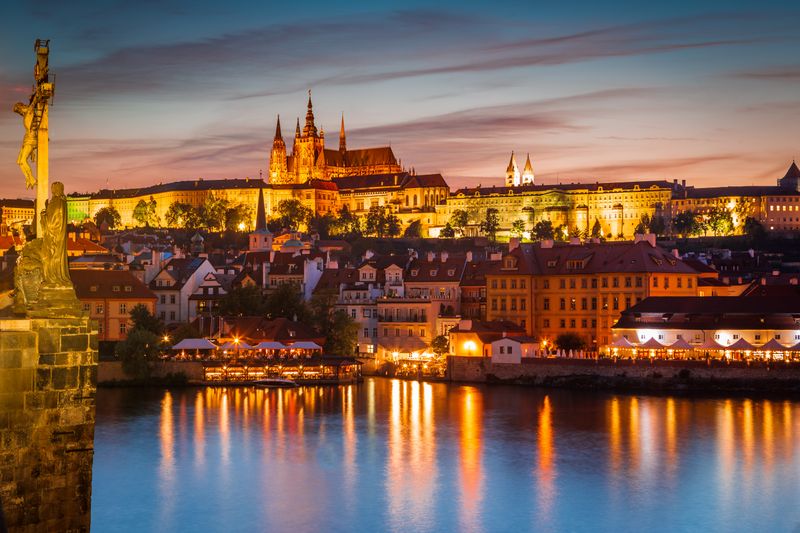
Dominating the skyline of the Czech capital, Prague Castle is a sprawling complex of palaces, churches, and gardens. Its colorful history is matched by its architectural diversity, blending Gothic, Renaissance, and Baroque styles.
As the official residence of the Czech President, it remains a vibrant hub of political activity. Within its walls lies the legendary St. Vitus Cathedral, where kings were coronated and secrets whispered.
Interesting tidbit: With roots tracing back to the 9th century, Prague Castle is the largest ancient castle complex in the world.
Edinburgh Castle
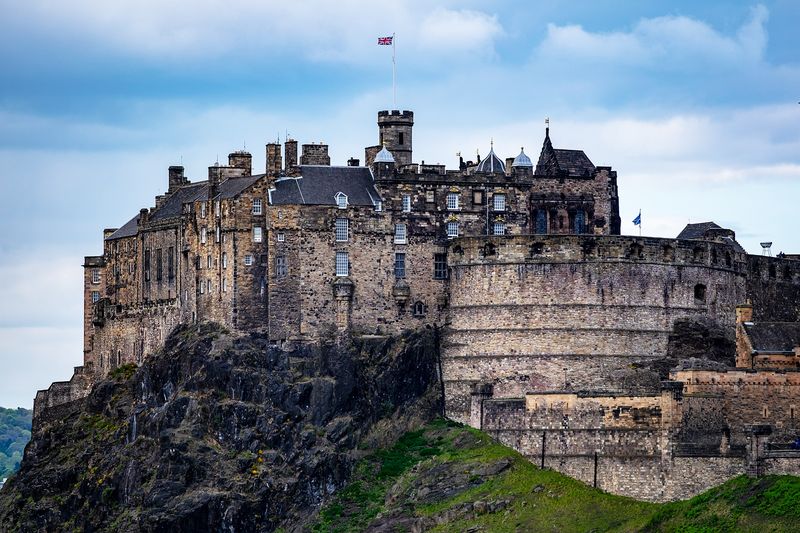
Edinburgh Castle, rising from the rugged terrain of Castle Rock, dominates the Scottish capital with its formidable presence. This fortress has witnessed countless battles and royal ceremonies, embodying Scotland’s turbulent yet rich history.
From the Honours of Scotland to the Stone of Destiny, the castle holds treasures of national significance, whispering tales of bravery and betrayal. Its dramatic silhouette against the skyline is a constant reminder of Edinburgh’s storied past.
Fun fact: The One O’Clock Gun is fired from the castle every day except Sundays, a tradition dating back to 1861.
Château de Chambord
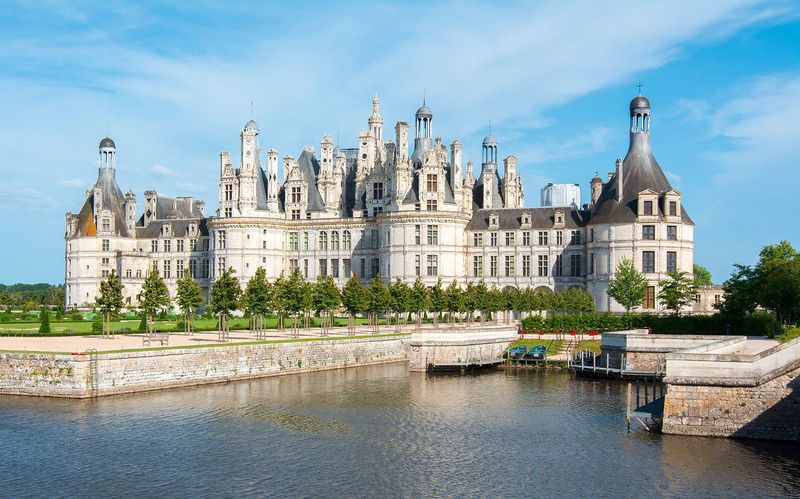
Nestled in the Loire Valley, Château de Chambord is a marvel of French Renaissance architecture. Its intricate façade and double-helix staircase captivate visitors with ingenuity and elegance.
Originally conceived as a hunting lodge by King Francis I, it transformed into a masterpiece of design and innovation. The vast estate surrounding the chateau mirrors the ambition and grandeur of its creators.
Did you know? The design of Chambord is attributed to Leonardo da Vinci, who spent his final years in France, leaving a legacy of architectural brilliance.
Alhambra
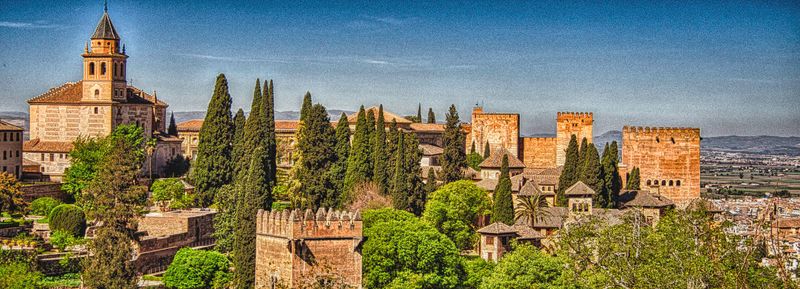
The Alhambra, a jewel of Moorish architecture, stands proudly in Granada, Spain. Its intricate tilework and lush courtyards transport visitors to a bygone era of splendor and intrigue.
Originally a modest fortress, it evolved into a royal palace and a symbol of Nasrid dynasty’s opulence. Each room tells stories of cultural amalgamation and artistic excellence.
Interesting nugget: The name ‘Alhambra’ means ‘The Red One’ in Arabic, reflecting the reddish hue of its walls, which glow warmly under the setting sun.
Rumeli Fortress
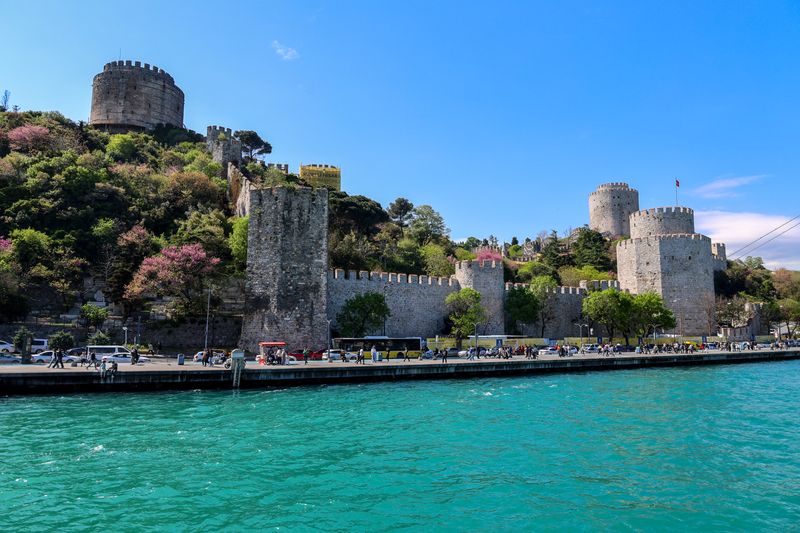
Strategically guarding the Bosphorus Strait, Rumeli Fortress marks a pivotal point in Ottoman history. Built by Sultan Mehmed II in preparation for the conquest of Constantinople, its massive walls and towers speak of military might.
Today, it offers panoramic views of Istanbul, intertwining war history with serene beauty. Visitors can walk along the fortress walls, imagining the clamor of armies and the silence of victory.
Did you know? Rumeli Fortress was constructed in a record four months, a testament to Ottoman engineering prowess.
Eltz Castle
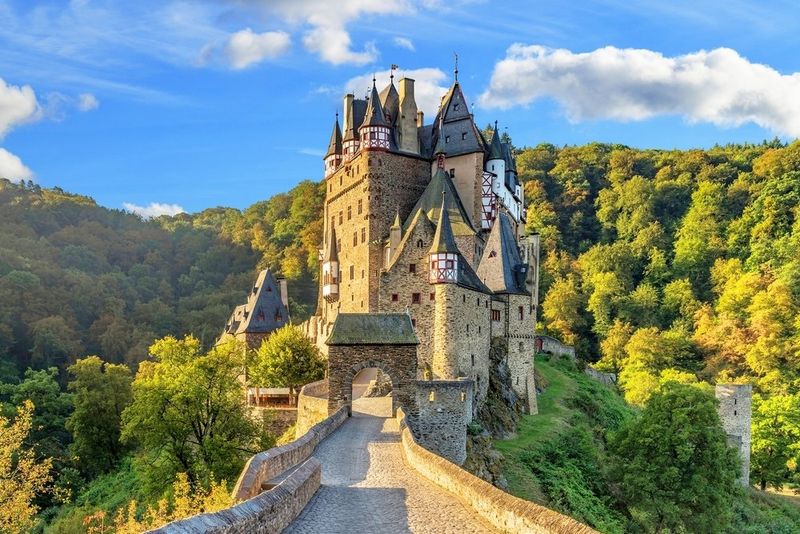
Eltz Castle, hidden in the lush hills of the Moselle Valley, exudes a fairy-tale charm with its turrets and timbered structures. Owned by the Eltz family for over 850 years, it is a living testament to medieval legacy.
The castle’s unique architecture reflects centuries of style, unchanged by war. Inside, you’ll find treasures and artifacts narrating stories of noble life and chivalry.
Fun fact: Unlike many other castles, Eltz Castle was never destroyed, preserving its original grandeur and captivating allure.
Himeji Castle
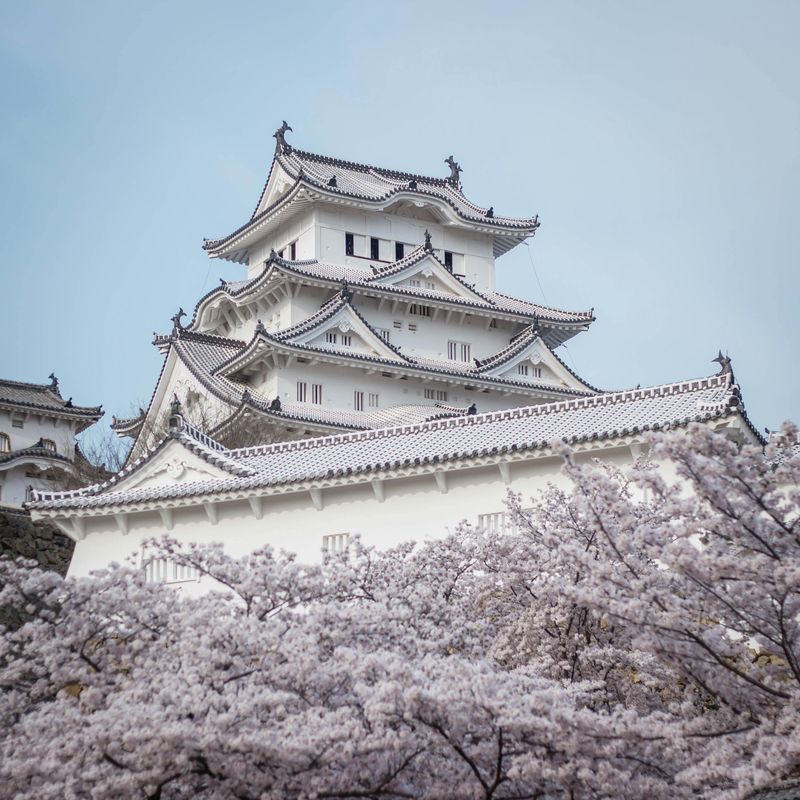
Himeji Castle, known as the ‘White Heron,’ gracefully overlooks the city of Himeji in Japan. Its pristine white façade and elegant architecture symbolize beauty and strength.
Constructed in the early 17th century, it has escaped the ravages of war and natural disasters, standing as a paragon of resilience. Its intricate defensive design reflects the ingenuity of samurai culture.
Did you know? Himeji Castle is a UNESCO World Heritage site, celebrated for its preserved feudal-era architecture and historical significance.
Buda Castle
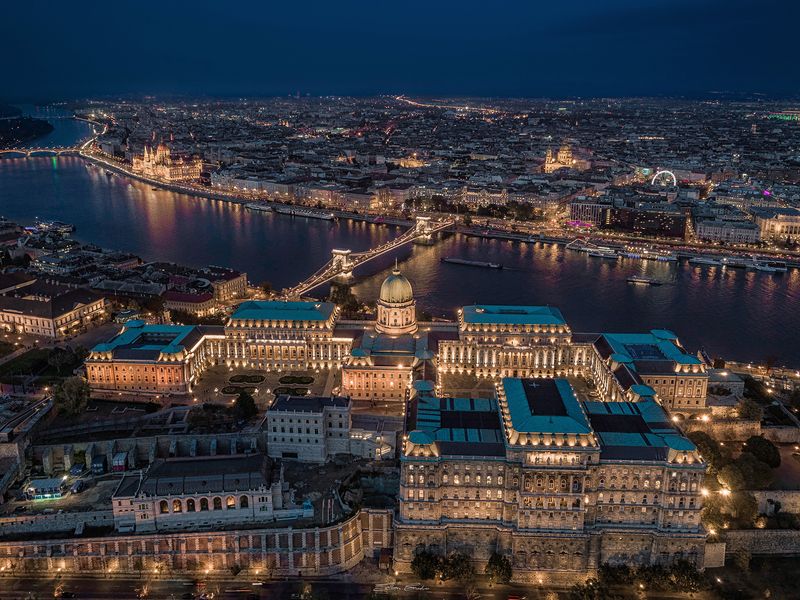
Buda Castle, perched on Castle Hill above the Danube, defines the skyline of Budapest with its regal Baroque architecture. This historic palace complex was home to Hungarian kings and queens.
As you wander through its grand halls, you are engulfed in echoes of past grandeur and political intrigue. The castle houses the Hungarian National Gallery, offering a treasure trove of art and history.
Fun fact: Buda Castle has been destroyed and rebuilt many times, reflecting Hungary’s turbulent yet resilient past.
Castillo de San Marcos
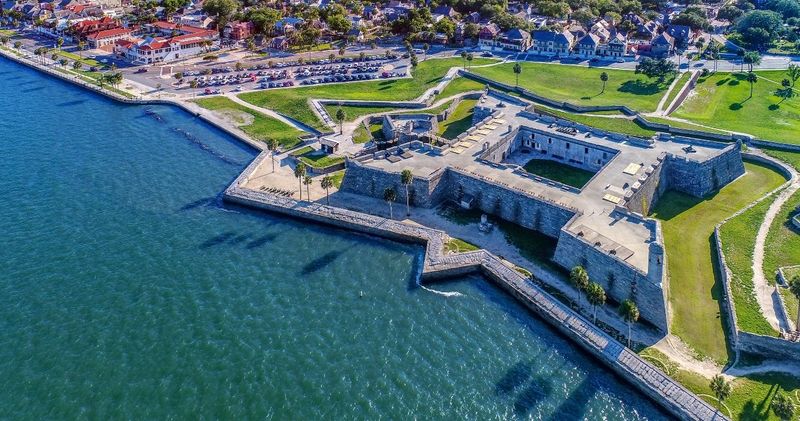
The Castillo de San Marcos stands as a symbol of endurance on the Florida coast. Built from coquina, this fortress has withstood sieges and hurricanes alike, embodying resilience.
Constructed by the Spanish in the late 1600s to protect their territory, it narrates tales of colonial aspirations and conquests. Today, the fort invites exploration, offering insights into military engineering and strategy.
Did you know? The coquina walls are unique for their ability to absorb cannonball impacts, a true measure of Spanish ingenuity.
Krak des Chevaliers
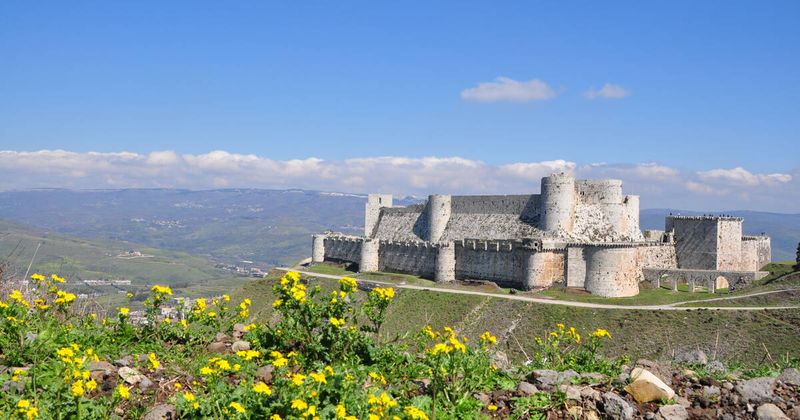
Krak des Chevaliers, a crusader castle in Syria, is a masterpiece of medieval military architecture. Its towering walls and halls echo with stories of knights and battles.
Controlled by the Knights Hospitaller during the Crusades, it served as a strategic stronghold and symbol of Christian presence in the Holy Land. Visitors today can walk through its arches and corridors, experiencing the grandeur of a bygone era.
Fun fact: T.E. Lawrence, the famous ‘Lawrence of Arabia,’ described Krak des Chevaliers as “perhaps the best preserved and most wholly admirable castle in the world.”
Pena Palace
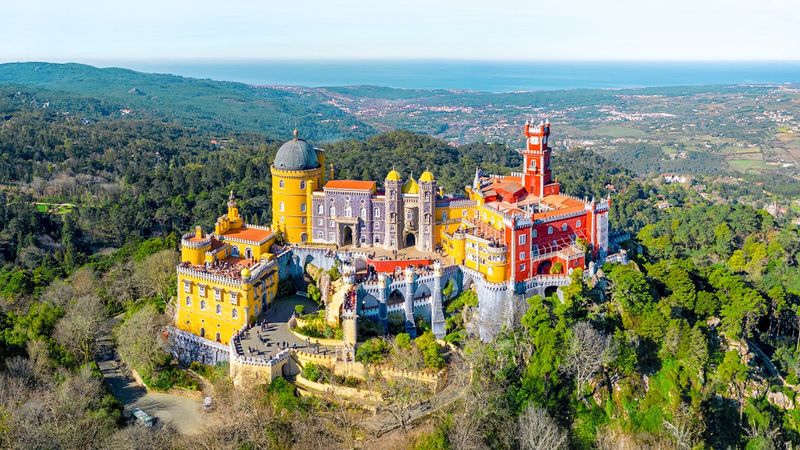
Pena Palace, located in Sintra, Portugal, is a vivid tapestry of colors and styles. This 19th-century Romanticist castle enchants with its eclectic architecture and whimsical details.
Once the summer residence of Portuguese royalty, it offers sweeping views of the verdant Sintra mountains. The interiors are equally fascinating, reflecting the extravagant tastes of its royal inhabitants.
Fun fact: Pena Palace is often considered one of the world’s most beautiful castles, blending Gothic, Moorish, and Manueline influences into a harmonious whole.
Mont Saint-Michel
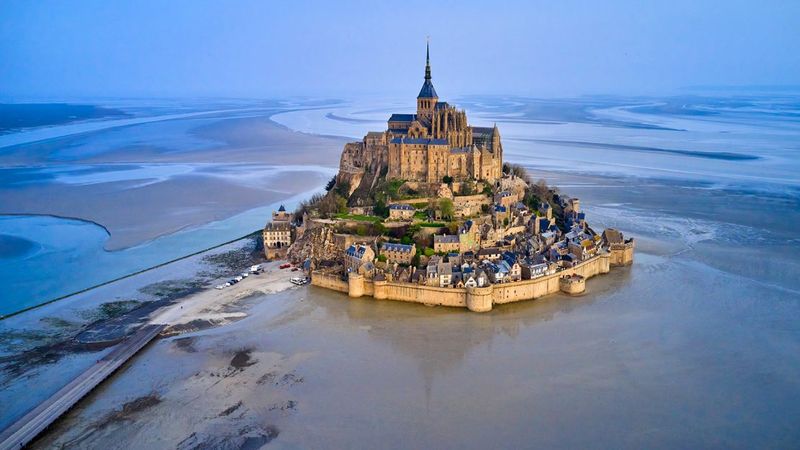
Rising dramatically from the tidal waters of Normandy, Mont Saint-Michel is both a medieval abbey and a marvel of natural and architectural beauty. This island commune enchants with its narrow streets and towering spires.
Throughout history, it has been a pilgrimage site and a symbol of French resilience. Visitors can traverse its winding paths, discovering the harmony between man and nature.
Did you know? The tides around Mont Saint-Michel can vary greatly, occasionally transforming the island into an isolated fortress surrounded by water.
Bran Castle
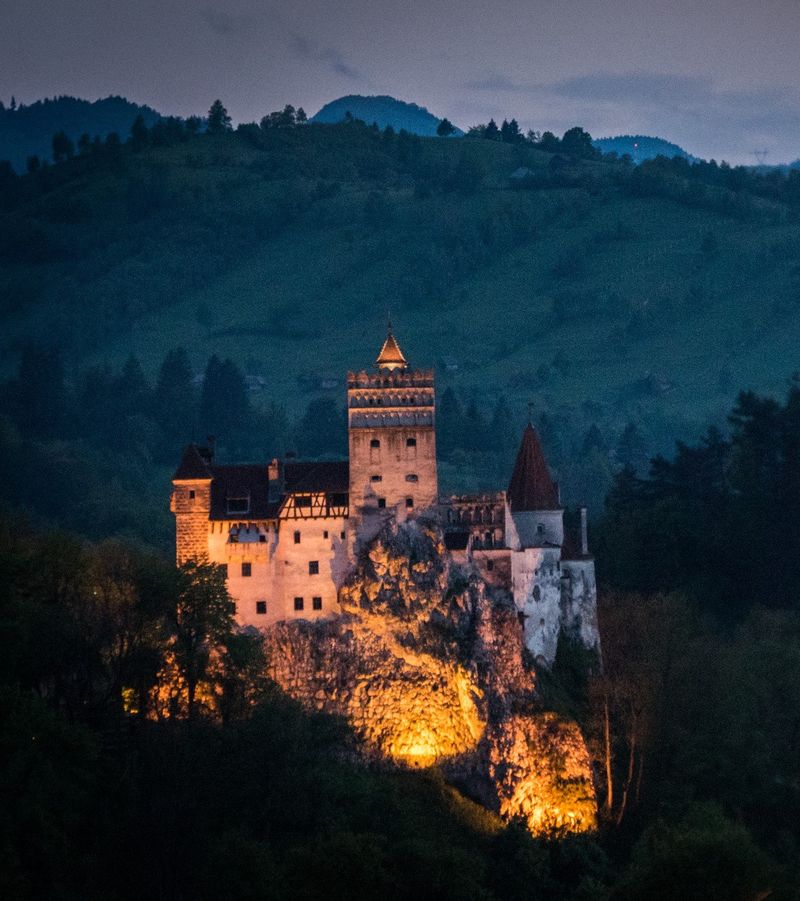
Bran Castle, nestled in Romania’s rugged landscape, stirs imaginations with its association to Dracula legends. Often dubbed ‘Dracula’s Castle,’ it offers a glimpse into a world of myths and mystery.
While there’s no evidence that Vlad the Impaler ever lived here, the castle’s Gothic architecture and eerie atmosphere make it an intriguing destination for thrill-seekers and history buffs alike.
Fun fact: Bran Castle also houses an impressive collection of art and furniture from Queen Marie of Romania, showcasing its royal heritage beyond the vampire lore.
Balmoral Castle
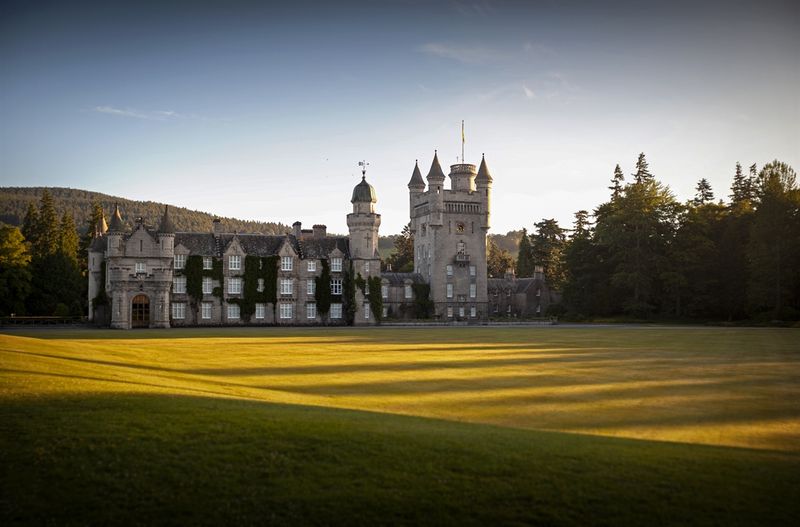
Balmoral Castle, the Scottish retreat of the British royal family, exudes charm and elegance amidst the Highlands. Purchased by Queen Victoria in 1852, it remains a cherished royal residence.
The castle is surrounded by vast estates, offering a sanctuary of peace and natural beauty. Inside, the furnishings reflect the tastes of a bygone royal era, while the gardens bloom with seasonal colors.
Did you know? Balmoral’s architecture is a quintessential example of Scots Baronial style, characterized by turrets and steep gables, adding to its fairytale allure.
Schönbrunn Palace
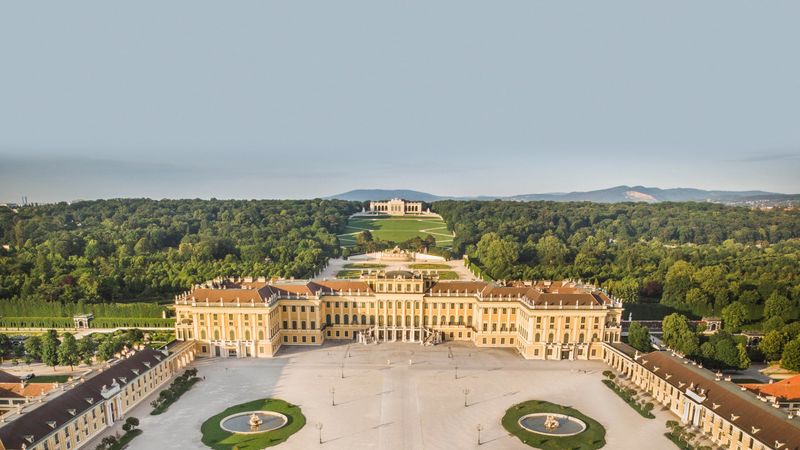
Schönbrunn Palace, a stunning Baroque masterpiece, stands as a testament to Austria’s imperial history. This former summer residence of the Habsburgs dazzles visitors with its opulent rooms and expansive gardens.
From the ornate Hall of Mirrors to the vast parkland, every corner of Schönbrunn whispers tales of grandeur and cultural heritage. It’s a place where history and beauty converge.
Fun fact: The Gloriette, a grand pavilion on the hill behind the palace, provides panoramic views of Vienna, adding another layer of allure to this majestic site.

